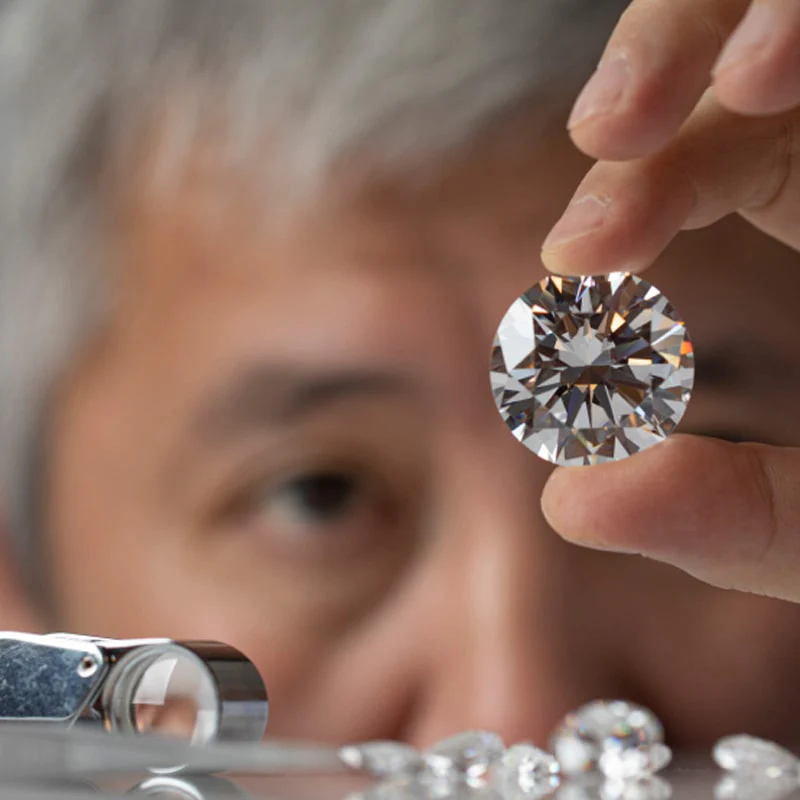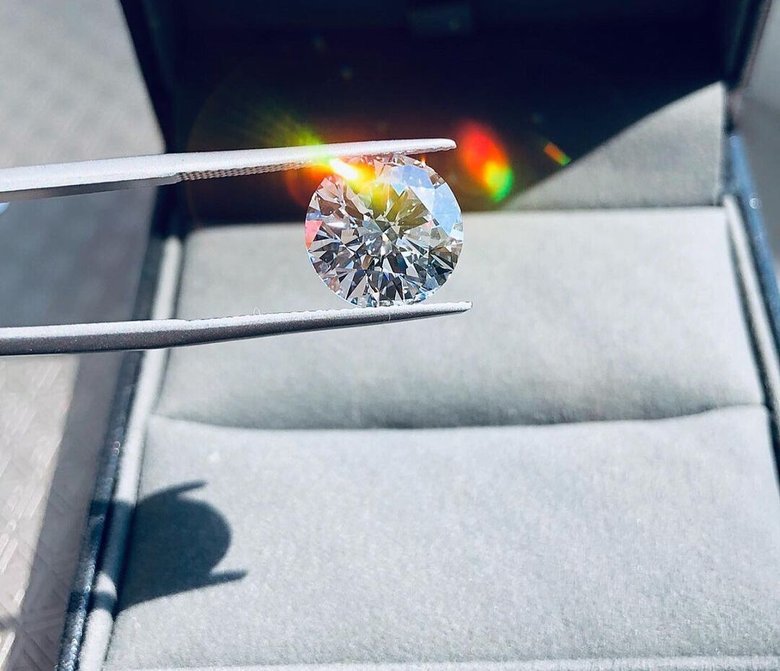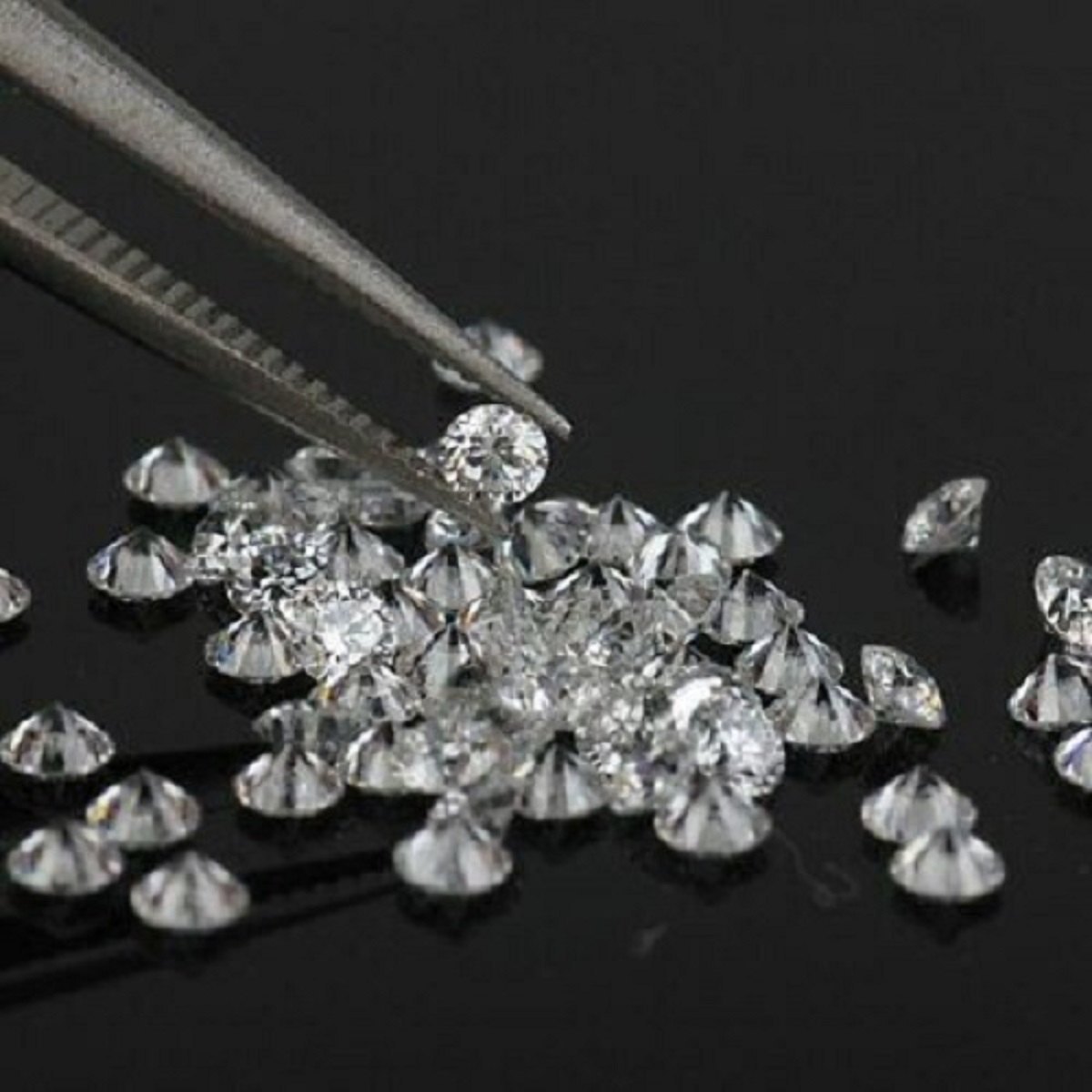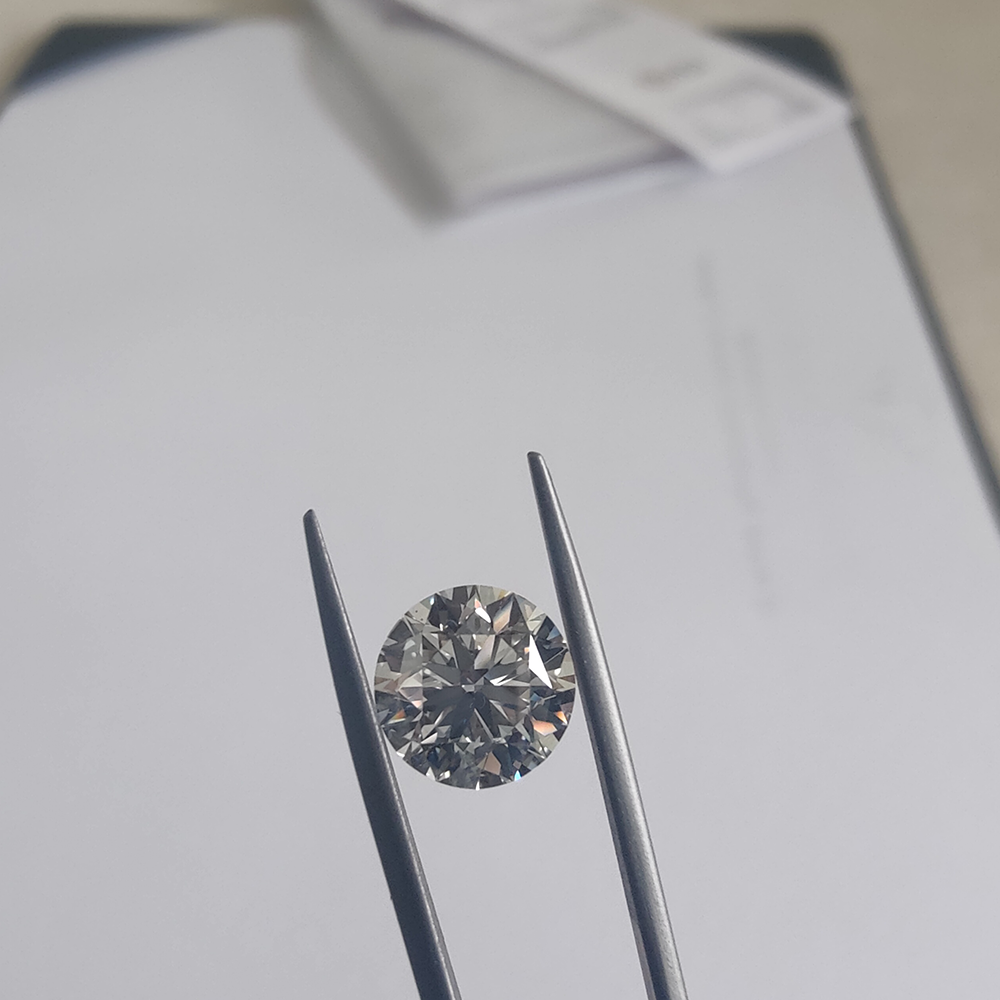



Lab-grown diamonds, also known as synthetic or man-made diamonds, are created from a single diamond seed using high heat and pressure, replicating the conditions found in the earth's crust. This process, similar to the birth of test-tube newborns, avoids environmental damage associated with traditional mining. Lab-grown diamonds have gained global popularity as they are not linked to the ethical concerns surrounding blood diamonds. Additionally, they tend to be more uniform and cost-effective compared to mined diamonds.
With comparable beauty and qualities at a lower cost, lab-grown diamonds are increasingly becoming a popular choice. It's advisable to ensure the diamond's authenticity and quality by obtaining a GIA Diamond Report, whether opting for a lab-grown or natural stone.
Man-made diamonds are gaining increasing popularity for several compelling reasons. The advantages of eco diamonds over their natural counterparts are highlighted below:


.webp)
At a diamond grading lab, experts assess diamonds using the 4 Cs (cut, clarity, color, and carat). Later, we'll delve into these factors. Some labs have unique standards. The leading certification labs include:
In contrast to synthetic diamonds, which were first produced in a laboratory in the 1950s and are primarily utilized for industrial applications, natural diamonds formed deep within the Earth under conditions of immense pressure and high temperature around three billion years ago.
Despite their significant cost advantage over authentic diamonds, lab-grown diamonds are gaining increasing popularity for incorporation into engagement rings and high-quality jewelry. However, it's worth noting that some lab diamonds with lower clarity may exhibit inclusions not typically found in natural diamonds.
The appeal of lab-grown diamonds lies in their affordability, but what makes them particularly desirable is their virtually indistinguishable resemblance to diamonds created through natural processes. From a physical, chemical, and optical standpoint, lab-grown diamonds mirror their naturally occurring counterparts so closely that even experts would find it challenging to discern their origin.



Grown diamonds are produced using one of two methods: High Pressure High Temperature (HPHT) or Chemical Vapor Deposition (CVD).
HPHT Method:
CVD Method:
Key Advantages of CVD: